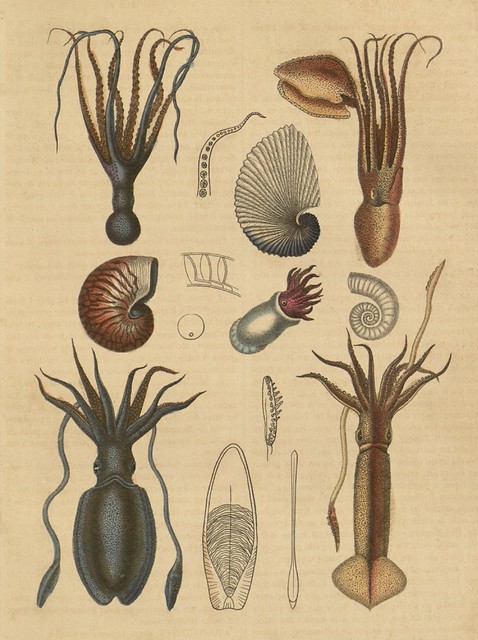
Octope de cuvier, Argonaute argo, Seche commune, Calamar de brongniart, Nautile pompile, Spirule australe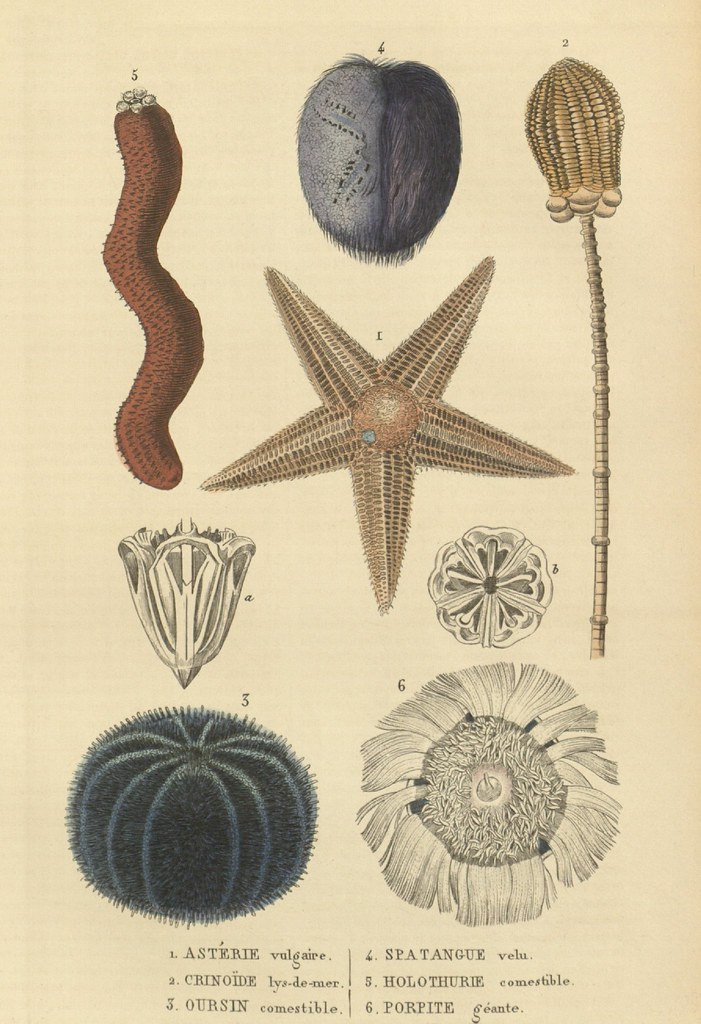
Asterie vulgaire, Crinoide lys-de-mer, Ourisin comestible, Spatangue velu, Holothurie comestible, Porpite géante
Belemnite, Conilite, Ammonite, Orbiculine, Scaphite, Baculite, Hamite, Amplexe, Turrilite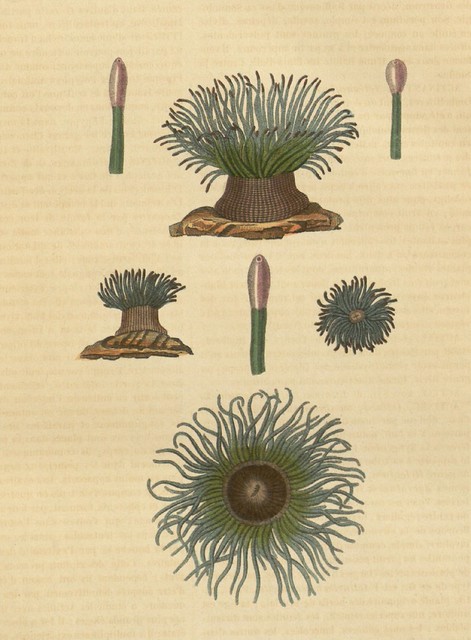
Actinia viridis (Actinie verte)
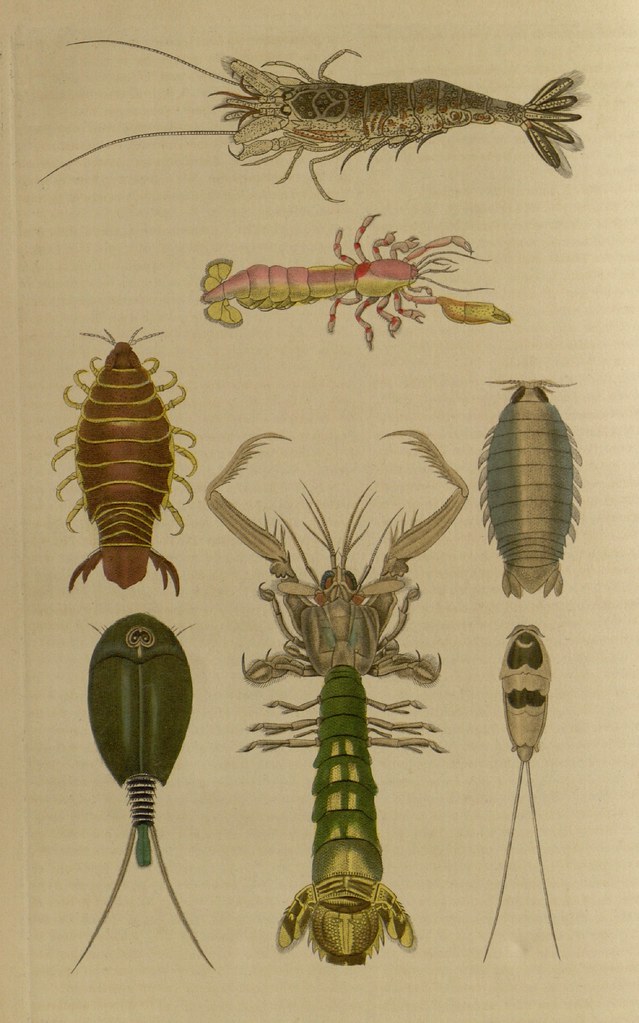
Callianase souterraine, Crangon vulgaire, Squille queue-rude, Anilocre du cap, Aega entaillee, Alepidure prolonge, Pandare bicolore
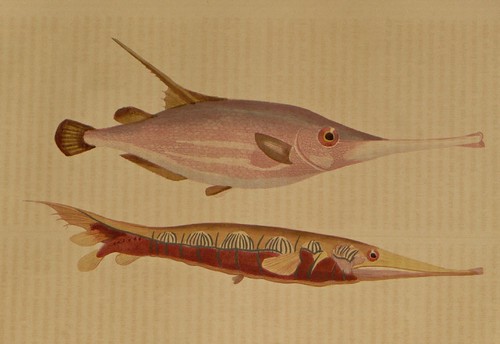
Centriscus scolopax + Centriscus scutatus
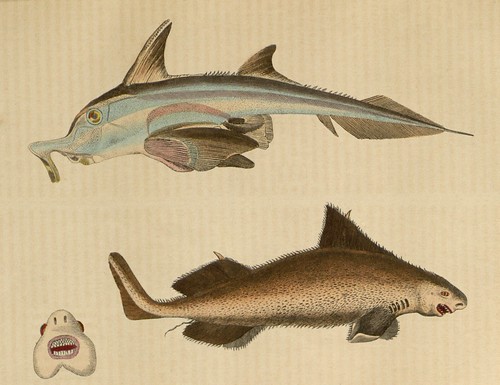
Callorhynque (Callorhynchus antarticus)
+ Squale (Squalus centrina)
+ Squale (Squalus centrina)
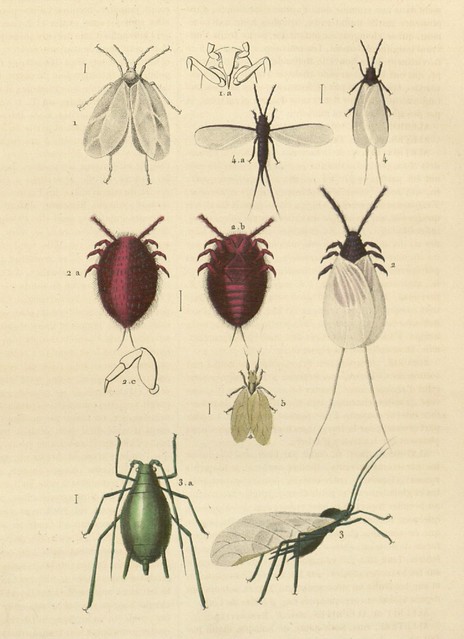
1 Aleyrode de l'eclaire 2 Cochenille du nopal 3 Puceron du rosier 4 Kermes du pecher 5 Pyslle du jonc
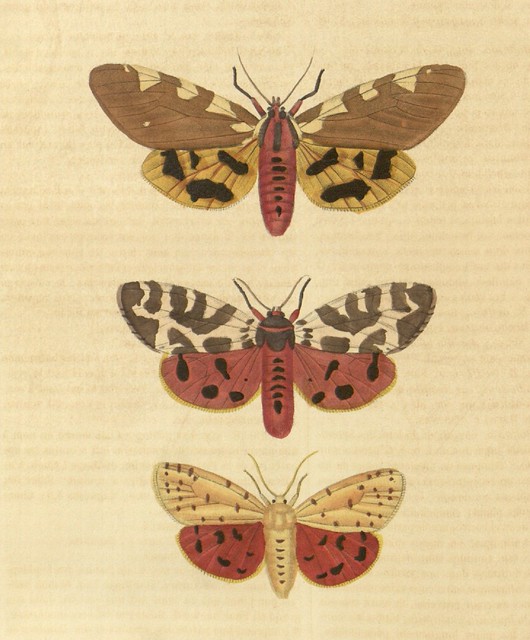
Arctia matronula (Bombice matrone) Arctia casa. (Bombice herisson) Arctia purpurea (Bombice mouchete)
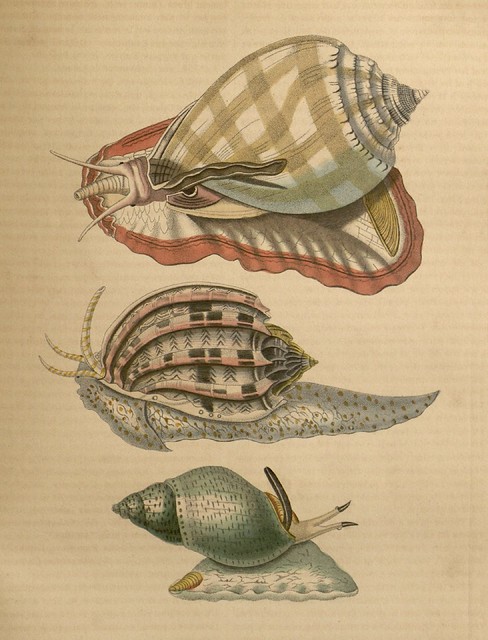
Casque bezoar (Cassis glauca), Harpe ventrue (Harpa ventricosa), Buccin ecaille (Buccinium testudineum)

Civette a bandeau (Viverra fasciata), Paradoxure type (Paradoxurus typus), Ichneumie albescente (Ichneumia albescens)

Equus hemions - Le Dziggetai
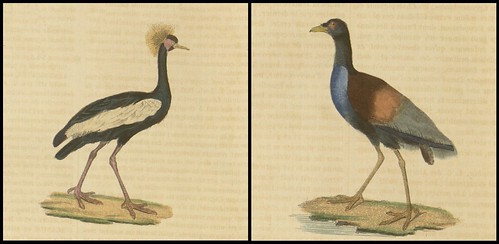
Ardea Pavonina (Grue couronnee)
+ Psophia crepitans (Agami trompette)
+ Psophia crepitans (Agami trompette)
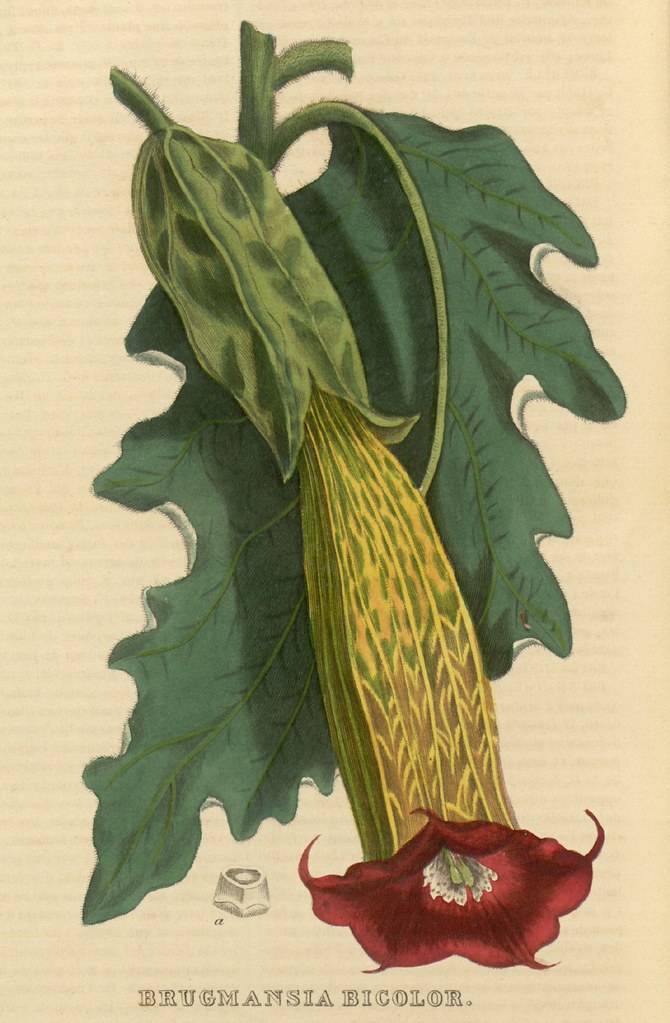
Brugmansia bicolor
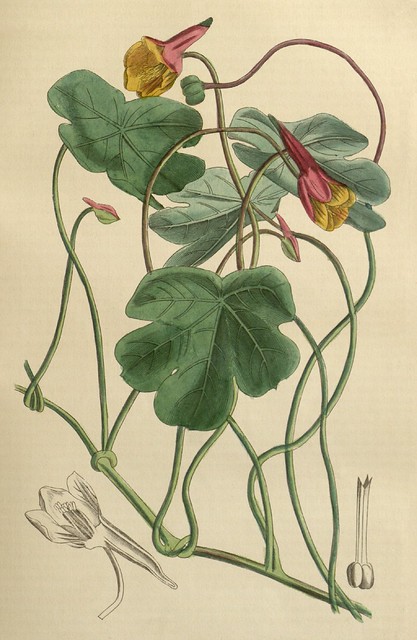
Tropaeolum tuberosum (Capucine tubereuse)
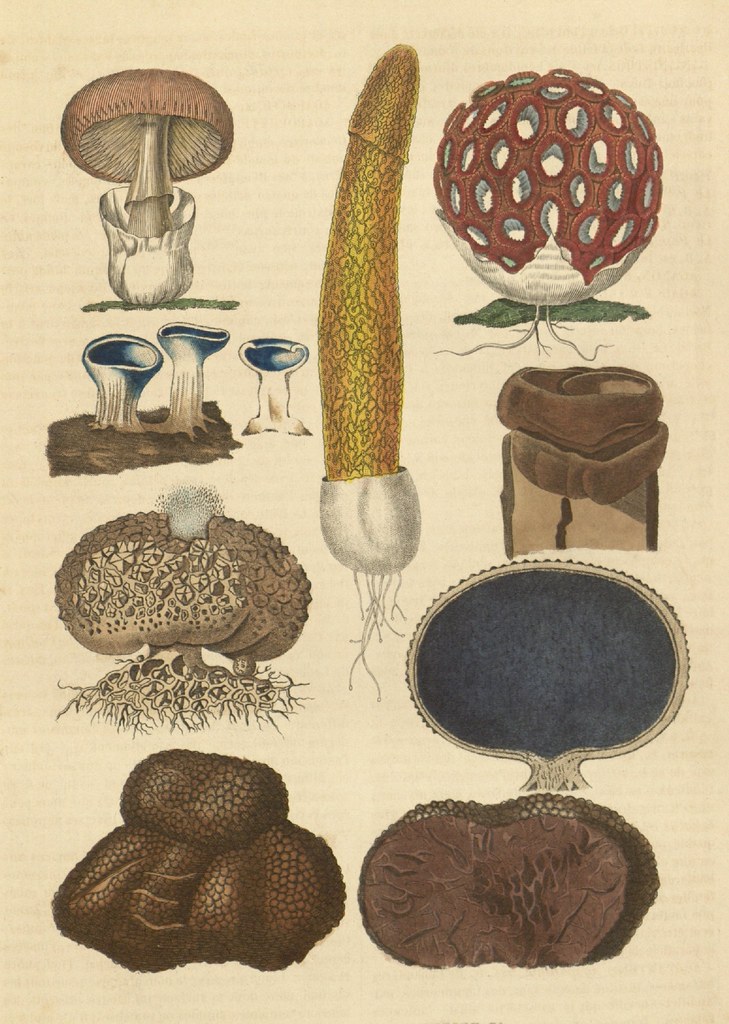
Agaric oronge, Tremelle oreille de judas, Phallus orange, Lycoperdon gigantesque coupe, Pezize bleue, Clathre frise, Lycoperdon cisele, Truffe comestible
[All these illustrations are cropped from the full page and are of varying size; they have all been fairly extensively background cleaned; click through for larger versions]
These natural history illustrations come from a mid-19th century 10-volume series from the Belgian naturalist, Pierre Auguste Joseph Drapiez (1778–1856). You might be forgiven for guessing that the outlandish semi-caricatures of fish and contrived, taxidermic qualities of the mammals were from a century earlier. And you would be right, in fact .. mostly.
Drapiez's 'Dictionnaire Classique Des Sciences Naturelles' is ostensibly an homage to the evolving scientific literature of the Enlightenment and the author was generous enough to underline the point in the title page by saying that his classical dictionary summarised the works of "Buffon, Daubenton, Lacépède, Cuvier, de Jussieu., Etc., Etc". So, while the series from Drapiez couldn't really be considered ground breaking in any material sense, it provided a useful overview of the history of a century's worth of scientific publishing.
Drapiez was something of a generalist in terms of his scientific interests and he doesn't attract a great deal of attention in the larger history of science or even in Belgian science, for that matter. He published a few works on geology and entomology, with a collaboration on a physical sciences series early in his professional career.
- The images above were selected from the first two volumes of 'Dictionnaire Classique Des Sciences Naturelles' [1853] by PAJ Drapiez, hosted by Villanova University Digital Library. {Their main Digital Library is a good timesink too, with a particularly strong Irish collection, among others}.
- All but one of the volumes of 'Dictionnaire Classique Des Sciences Naturelles' can be accessed from the Biodiversity Heritage Library. It's worth a skim: the illustrations ('text' in the sidebar index) are all - or at least all that I saw - fairly stylised, colourful and/or amusing.
- Wikipedia on Drapiez.



















2 comments :
Very beautiful and detailed.
Cool! Thanks for the twitter note! :) We just used that moth illustration on postcards as part of our swag for a conference we were at & they were quite popular.
~Laura Bang!
Post a Comment
Comments are all moderated so don't waste your time spamming: they will never show up.
If you include ANY links that aren't pertinent to the blog post or discussion they will be deleted and a rash will break out in your underwear.
Also: please play the ball and not the person.
Note: only a member of this blog may post a comment.